10 Things This Beginner Learned About Landscape Photography
![]()
I’m photographer Joe Hendricks, and in this post I’ll share some things I learned from trying to get into landscape photography.
1. Just go for it
For years, I wanted to try my hand at landscape photography, but I always made some kind of excuse like, “What if someone needs me to shoot while I’m gone?” I finally put all that aside and travelled for two and a half weeks, with my family, and took the landscape pictures I’d always dreamed of!
2. Get your driving times right
I was told to get from the Grand Canyon to Horseshoe Bend, it would take me a couple of hours. Two hours down the road, Google maps told me I still had another hour and I missed the sunrise! This happened again when we tried to make it to “Forrest Gump Point” on a whim one evening and missed the sunset by 30 minutes. We came back a week later and redeemed ourselves, though that’s a whole ‘nother story!
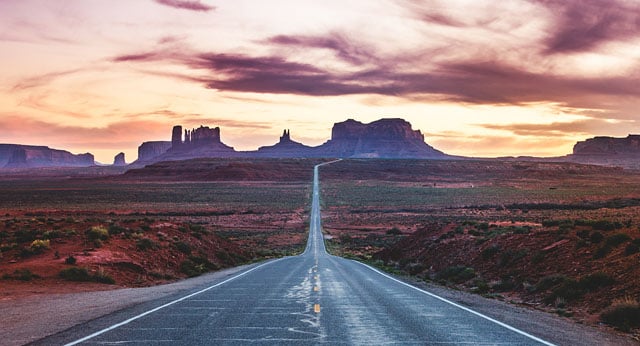
3. Don’t buy crappy ND filters
I bought a cheap 3 pack of neutral density filters from Amazon and thought they would be fine for my first landscape photography trip. WRONG! Placing three ND filters on top of each other is stupid. You add unnecessary layers of glass, you lose the sharpness of your photos, and the color get crazy hard to correct in post. If you’re serious about landscape photography, get some high quality ND filters!
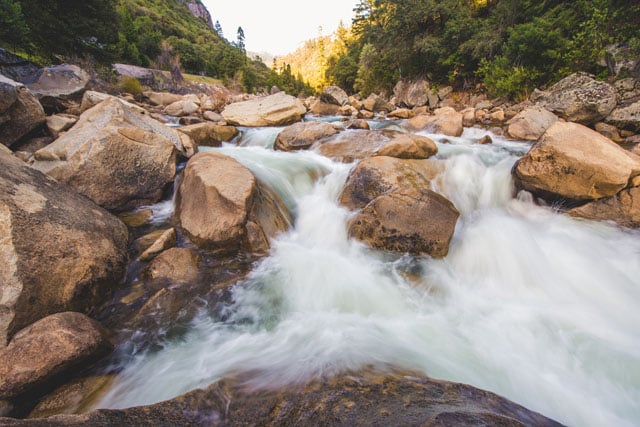
4. Be patient
I’m used to being a wedding photographer, so I set up shots quickly and move on to the next one! With landscapes, I found myself sitting for hours in the same spot, waiting for that magic moment. Not only did I learn to be patient, but I found a huge amount of respect for nature as I sat there taking in the majesty around me. Landscape photography is good for the soul, because it teaches you to be patient and appreciate nature.
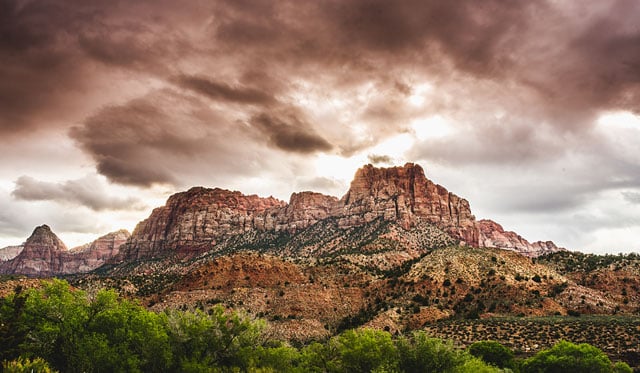
5. You probably don’t need all that hiking gear ;)
It’s different for the seasoned professional, but if you’re just starting out in landscape photography, then you’re probably going to all the popular places like the Grand Canyon, Antelope Canyon, Yosemite and so forth. You don’t need to go buy expensive backpacks to carry your gear, or hiking shoes to get to your destinations. Most of these popular places have paths to walk on.
Remember, I’m talking to the “beginners” here. People who are just looking to dabble in the landscape photography world. Obviously a seasoned professional would definitely need all that gear.
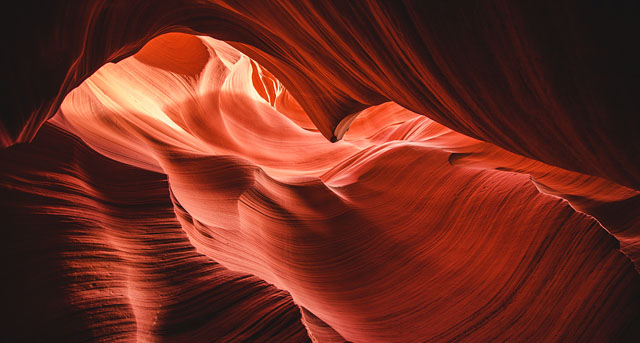
6. Scout your locations ahead of time
It seemed like the best times to shoot were at sunrise and sunset, but what do you do with all the time in between? Scout! Go look at the places you want to shoot, figure out where the sun is going to be and then return at the hour you want to get that amazing shot! I use an app called Sunseeker. It tells you when and where the sun will rise and set today and many years from now. If you’re planning on returning to the spot in 2 years, the app will even tell you where the sun will be at that time. Of course you can take pictures in the middle of the day, but I personally have found that it all depends on weather and timing.
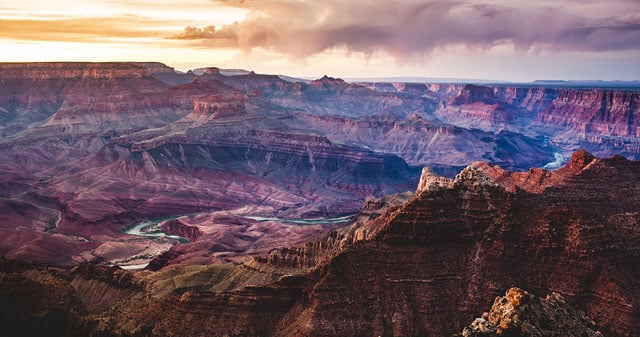
7. You don’t need to have an amazing tripod
I bought a $99 Dolica tripod before my trip. It’s not the best tripod in the world, but it’s light and pretty sturdy for taking pictures horizontally.
One night I went to the edge of the Grand Canyon where the wind was blowing like crazy! My tripod was definitely not the best for the situation, but I put my camera on timer mode and held down my tripod with my body weight and was able to capture great pictures at 30 second long exposures! Awesome tripods probably help a lot, but if you know what you are doing, you can get away with a little cheap one for now. When you get serious about this as a business, then you can get the great tripod.
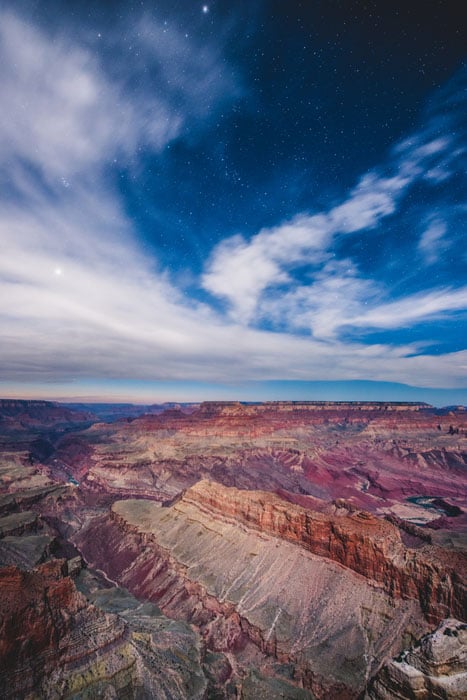
8. Check the moon phase
If you like to get pictures of the stars at night, then you need to check the moon phase. A full moon is not going to do you any good when trying to capture stars — it’s way too bright. To get those Milky Way shots that you love pinning on Pinterest, you need shoot away from the city lights when there is no light from the moon. You can see the Milky Way with your naked eye when the moon is not present.

9. Take your time editing
One of my favorite things about landscape photography, is that you can take your time editing each image. Don’t edit 100 images at once! Pick only the best images and spend some time making them look great. After you’ve made your initial edit, walk away and come back to it later. Looking at your image with fresh eyes is sobering. It’s pretty easy to get carried away in Lightroom and Photoshop. Take your time to make the image perfect. Once you start printing it, then it’s out there for the world to see.
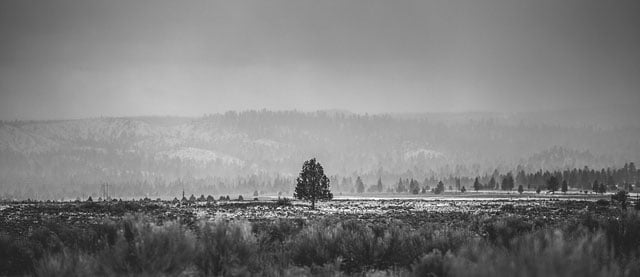
10. Selling landscape photography is NOT EASY!
Ever since I got back from my trip out west, I’ve been looking for ways to sell my work. Currently, I have chosen the “Limited Edition” route. I personally feel like going this route will push me to keep taking better pictures in the future, but there are many other routes like selling through a gallery or trying to gain momentum online. There are many ways to do it, but finding your one true path seems to be a little harder than I originally thought! Still, if this is something you love, then I believe it will eventually all work out.
About the author: Joe Hendricks is a photographer based in Nashville, Tennessee. You can find more of his work and writing on his website and blog. This article originally appeared here.